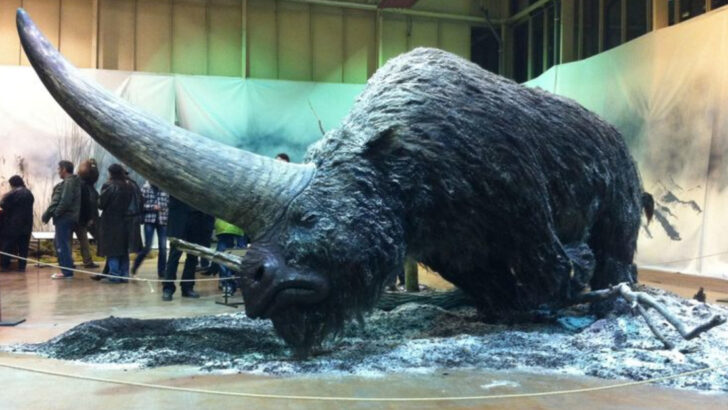Some extinct animals were so bizarre, they make unicorns look basic.
Imagine a creature with a neck longer than its body—but it lived in the sea. Or a dinosaur with claws like garden shears and feathers it didn’t even fly with. These aren’t myths. These were real, living beings that once roamed, soared, and slithered across the planet.
Fossils don’t lie. And what they’ve revealed is downright jaw-dropping. These animals weren’t just strange—they were evolutionary curveballs that make today’s wildlife look tame.
Ready to meet the creatures that seem pulled from a sci-fi fever dream but are 100% confirmed by science? Buckle up—this is a one-way trip through nature’s weirdest history.
Hallucigenia

Imagine a creature so strange that scientists debated which end was its head. Hallucigenia, a tiny Cambrian oddity, stood out with its spines and tentacles.
Discovered in the Burgess Shale, this peculiar animal challenged the norms of anatomy. Its body bore long spines on its back and tentacle-like appendages beneath.
Despite its minuscule size, Hallucigenia had a significant impact on paleontology. It sparked debates and redefined our understanding of early life. The creature’s bizarre design makes it one of the most fascinating extinct species.
Thylacine
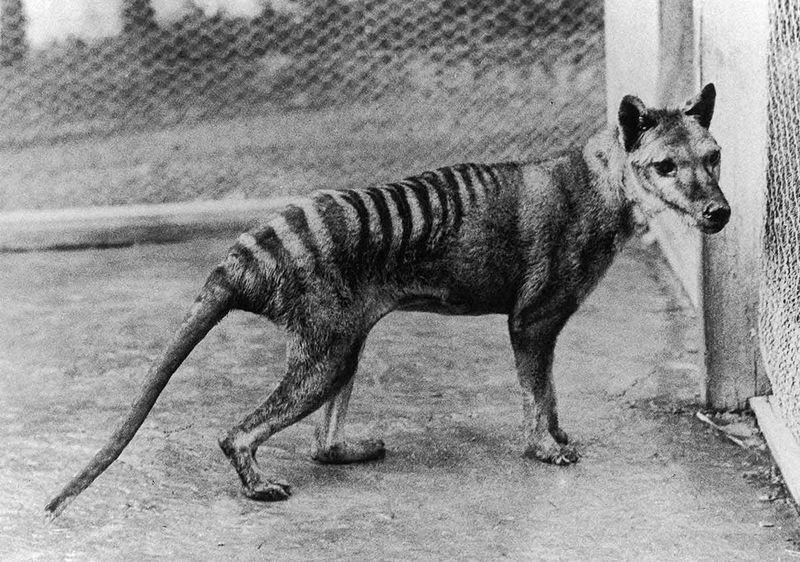
Known as the Tasmanian Tiger, the Thylacine was a remarkable marsupial predator. Its dog-like appearance and tiger-like stripes made it unique.
Native to Tasmania, this nocturnal hunter roamed the wilds until the 20th century. Though resembling a canine, it was a marsupial, carrying its young in a pouch.
The Thylacine’s extinction serves as a stark reminder of human impact on wildlife. Its mysterious nature and distinct appearance continue to intrigue scientists and enthusiasts alike.
Dodo
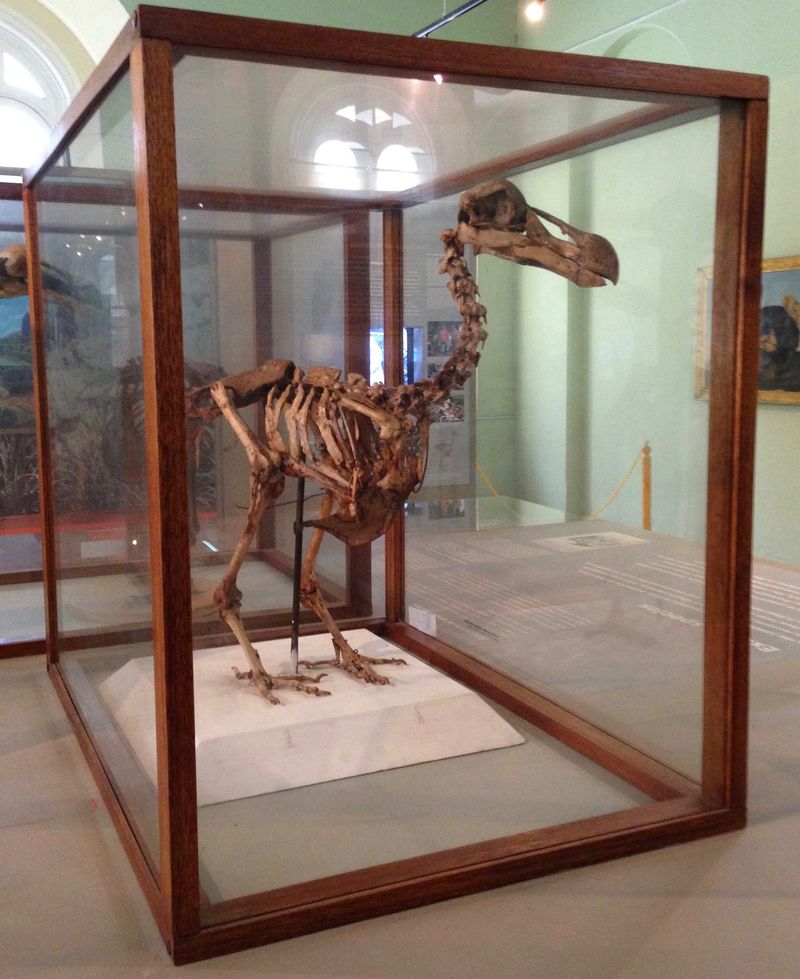
Once roaming Mauritius, the Dodo exemplifies the tragic fate of many island species. With no natural predators, it evolved into a large, flightless bird.
Its friendly demeanor led to its downfall upon human arrival. Dodos were hunted to extinction by the 17th century.
Despite its comical caricature in popular culture, the Dodo’s story is a somber tale of vulnerability and resilience. Fossils remind us of a creature that was once a symbol of isolation and adaptation.
Megalodon
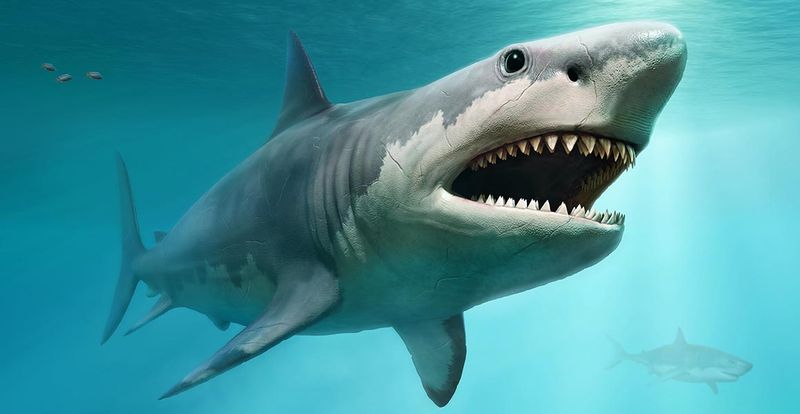
The ocean’s ancient terror, Megalodon, was a colossal shark with a fearsome reputation. Its teeth, some as large as human hands, testify to its predatory prowess.
Dominating the seas millions of years ago, it preyed on large marine mammals. Its size and strength were unmatched.
The Megalodon remains a subject of fascination and mystery. Its extinction left a significant gap in the marine ecosystem. Today, its legacy lives on through fossilized teeth and tales of oceanic dominance.
Quagga
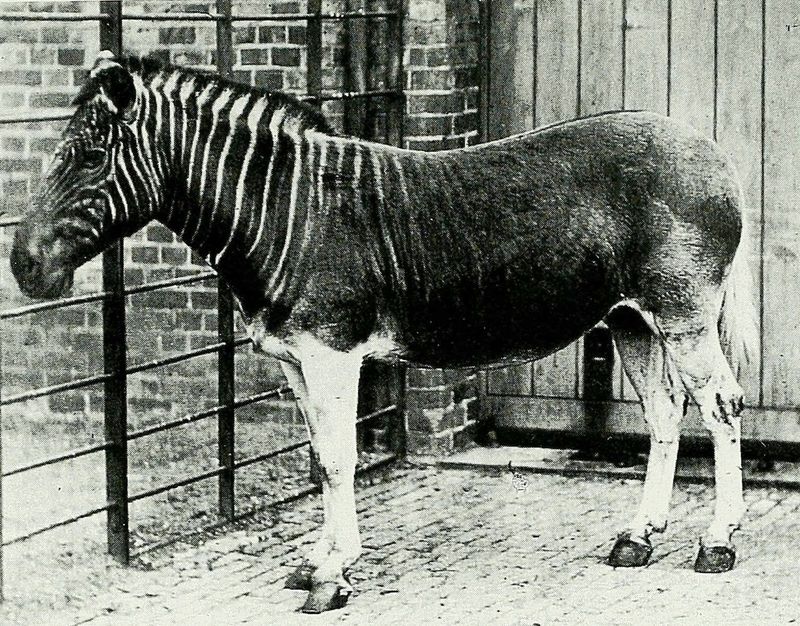
A half-striped zebra, the Quagga, once roamed the plains of South Africa. Its unique pattern distinguished it from other zebras.
Its front half bore the familiar zebra stripes, while the back half was plain brown. This strange coloration set it apart.
Hunted to extinction in the late 19th century, the Quagga’s demise reflects the impact of human activity. Conservation efforts today aim to bring back its genetic lineage through selective breeding.
Moa
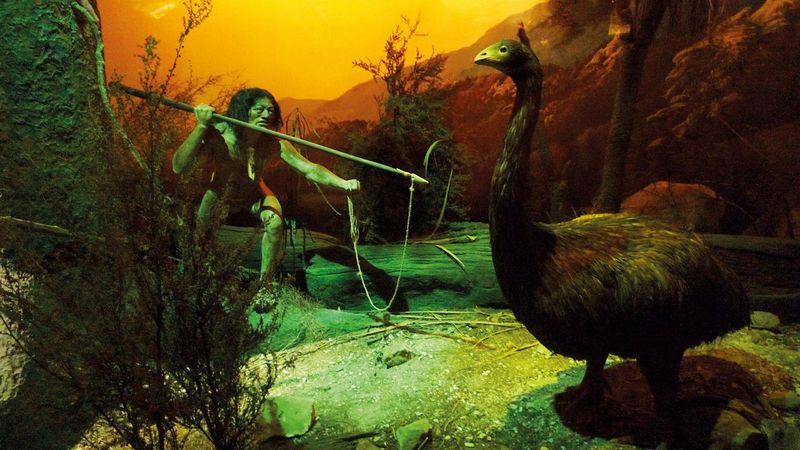
New Zealand’s Moa was a giant among birds, towering over humans with its impressive stature. Flightless, it dominated the forests.
With no mammals as predators, Moas thrived until human settlement. They were hunted for meat, leading to their extinction.
Their sheer size and the subsequent ecosystem collapse illustrate the fragility of isolated environments. Moas remain a symbol of lost grandeur and ecological impact.
Glyptodon

Imagine an armadillo the size of a car—meet Glyptodon. This armored mammal roamed South America during the Pleistocene.
Its protective shell and squat stature made it a formidable presence. Glyptodon was a herbivore, grazing the prehistoric plains.
The creature’s extinction coincided with human arrival, highlighting the intersection of human expansion and megafauna decline. Fossils remain as a testament to its unique armored existence.
Saber-toothed Tiger
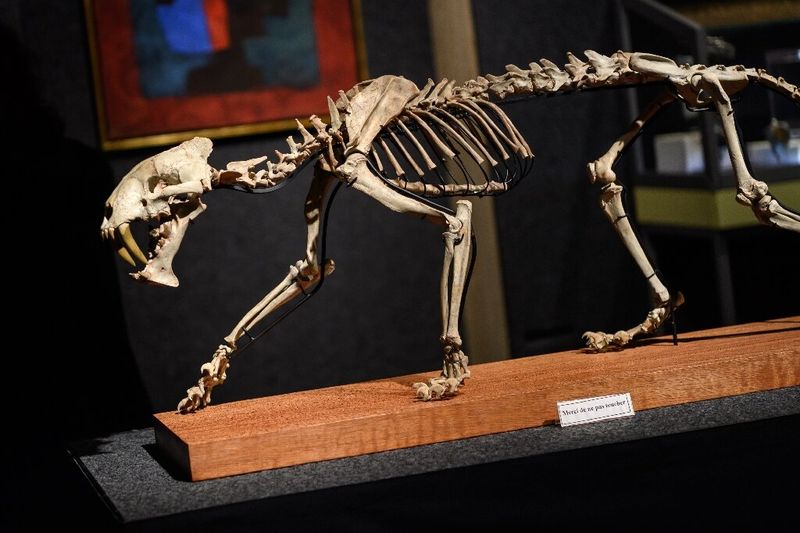
Famed for its fearsome fangs, the Saber-toothed Tiger, or Smilodon, was an iconic Ice Age predator. Its elongated canines were its defining feature.
Thriving in diverse habitats, these cats hunted large mammals like mammoths and bison. The last of their kind vanished at the end of the Ice Age.
Their extinction marked the end of an era of great predators. Fossils of Smilodon continue to intrigue, offering insights into adaptations and prehistoric ecosystems.
Elasmotherium
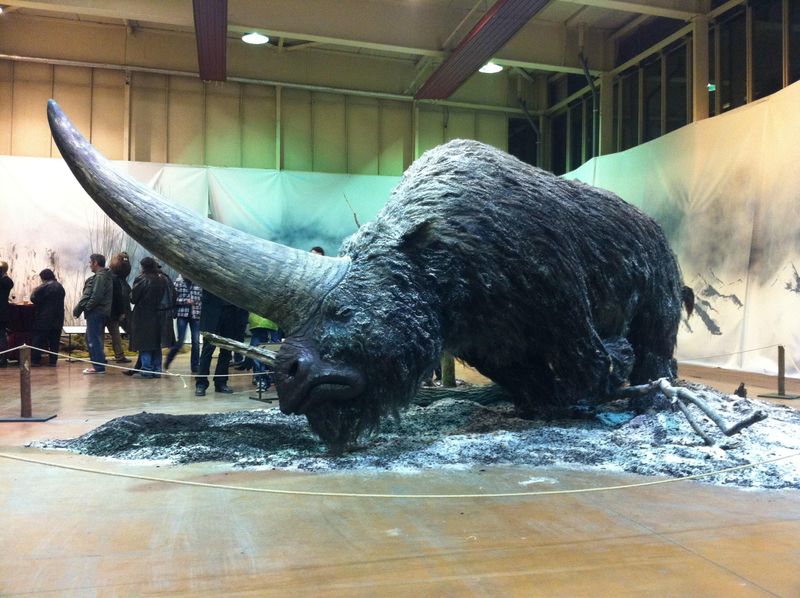
Imagine a unicorn-like rhinoceros, and you have Elasmotherium. This prehistoric giant roamed Eurasian steppes during the Pleistocene.
Known as the ‘Siberian unicorn,’ it sported a massive horn on its forehead. Its size and strength were formidable.
The creature’s eventual extinction remains a mystery, with climate change and human interference as potential factors. The legend of the unicorn may find roots in this magnificent beast’s existence.
Irish Elk
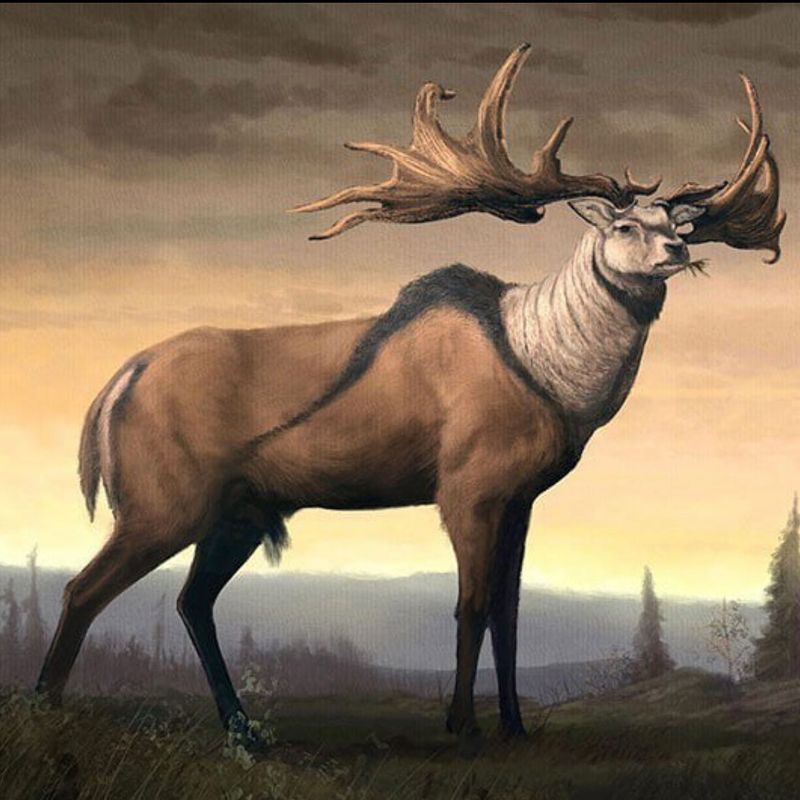
The majestic Irish Elk, one of the largest deer species, was known for its gigantic antlers. These could span up to 12 feet across.
Roaming the forests of Europe during the Ice Age, it was a sight to behold. Despite its name, it was not exclusive to Ireland.
Their extinction likely resulted from a combination of climate change and overhunting. Today, their grand antlers serve as reminders of nature’s once majestic creations.
Megaloceros
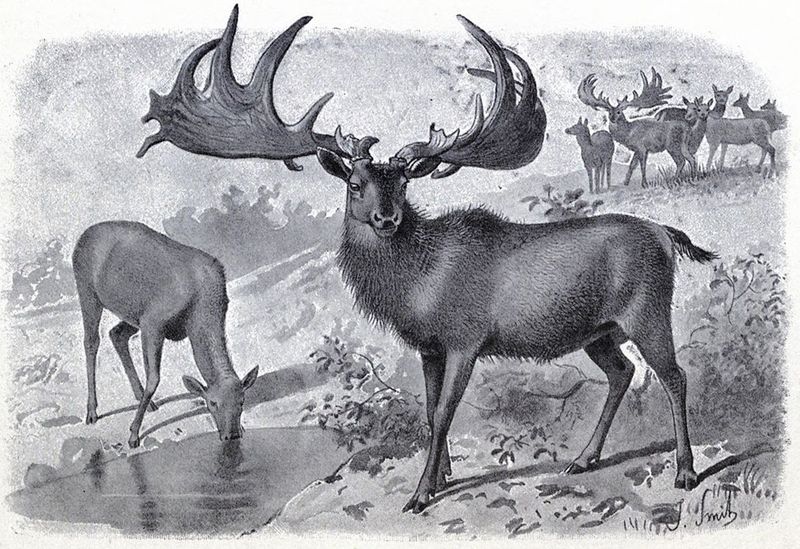
Megaloceros, often confused with the Irish Elk, was another giant deer species. Its antlers were equally grand, making it a contender for nature’s most majestic creature.
Thriving in prehistoric woodlands, these deer were herbivores with no natural predators until humans arrived.
Their extinction highlights the challenges faced by megafauna in changing climates. Fossils and antlers remind us of their towering presence and evolutionary marvel.
Ptilodus
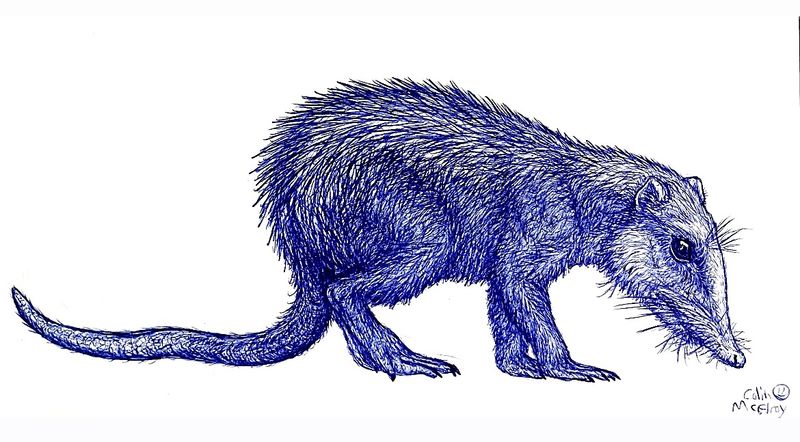
Meet Ptilodus, a mammal that thrived in the shadow of dinosaurs. This squirrel-like creature inhabited the Cretaceous period.
Agile and adaptive, it climbed trees and foraged for food with its bushy tail.
Though relatively small, Ptilodus played a crucial role in its ecosystem. Its extinction coincided with the end of the dinosaurs, marking a significant evolutionary shift. Fossils reveal its survival strategies in a dinosaur-dominated world.
Archaeopteryx
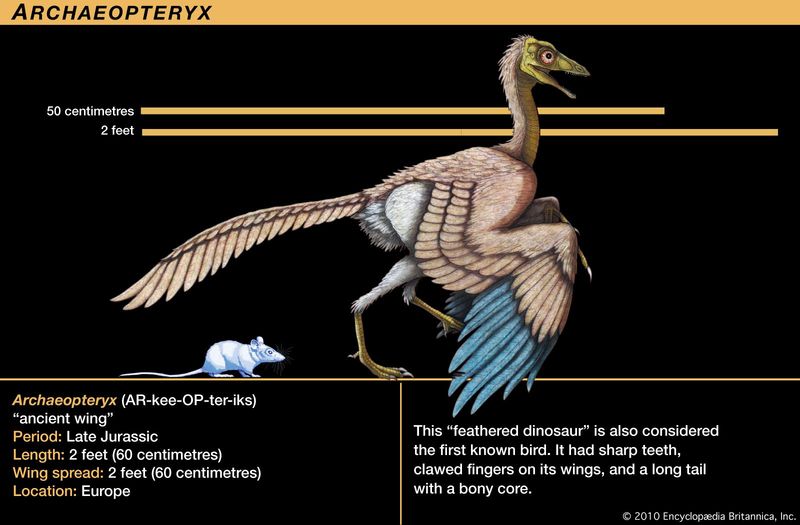
Archaeopteryx bridges the gap between dinosaurs and modern birds. Its fossilized feathers provide crucial evolutionary insights.
This Jurassic wonder had features of both reptiles and birds. With wings and teeth, it was a blend of ancient traits.
The discovery of Archaeopteryx challenged existing views of avian evolution. It remains a key figure in understanding the origins of flight and birdlike characteristics.
Dunkleosteus
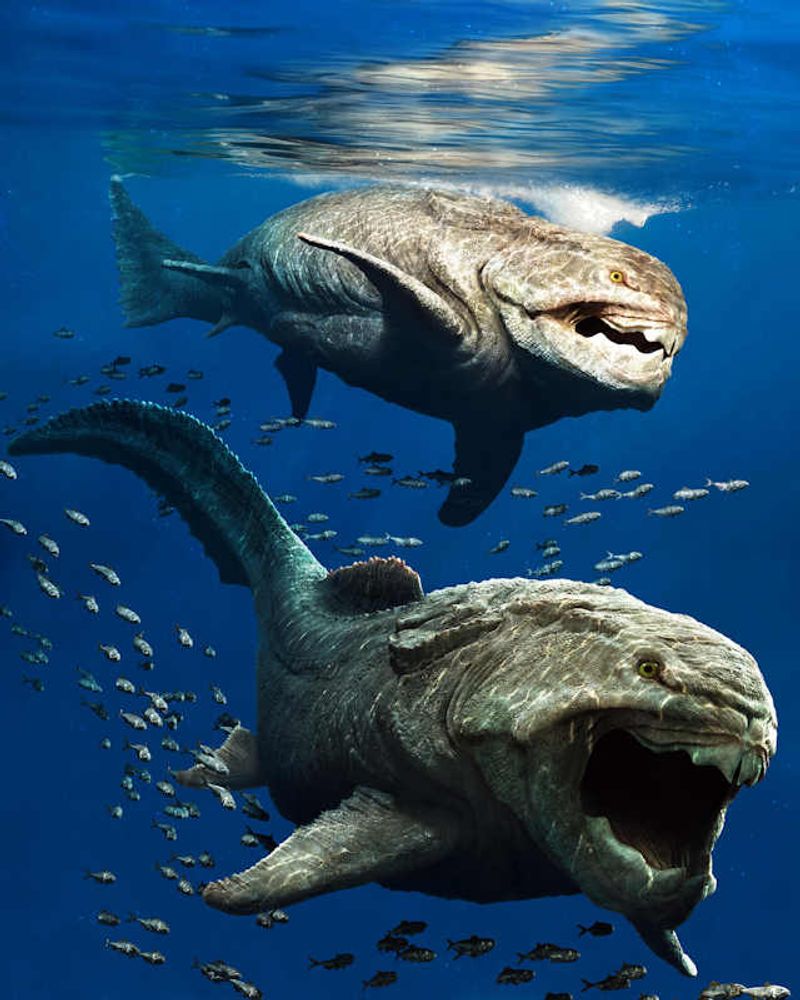
Dunkleosteus was an apex predator of the Devonian seas, known for its armored plating and powerful bite.
This prehistoric fish grew up to 33 feet long, dominating marine life with its formidable jaws.
Its extinction paved the way for new marine species. Dunkleosteus fossils remain crucial for understanding marine evolution and prehistoric ocean dynamics.
Mastodon
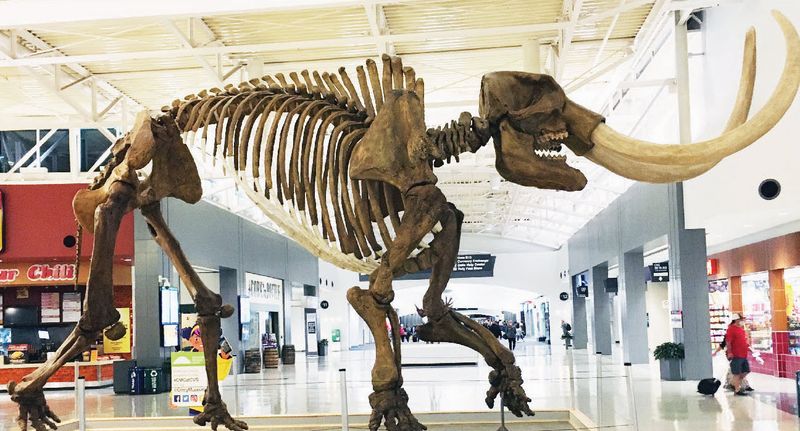
Mastodons, with their long, curved tusks, roamed North American forests during the Ice Age. Unlike their mammoth cousins, they preferred woodlands.
These creatures were herbivores, feeding on leaves and shrubs. Their extinction coincided with human expansion and climate shifts.
Today, mastodon fossils offer insights into Ice Age ecosystems and the challenges faced by prehistoric giants. Their presence in folklore and science continues to captivate imaginations.
Passenger Pigeon
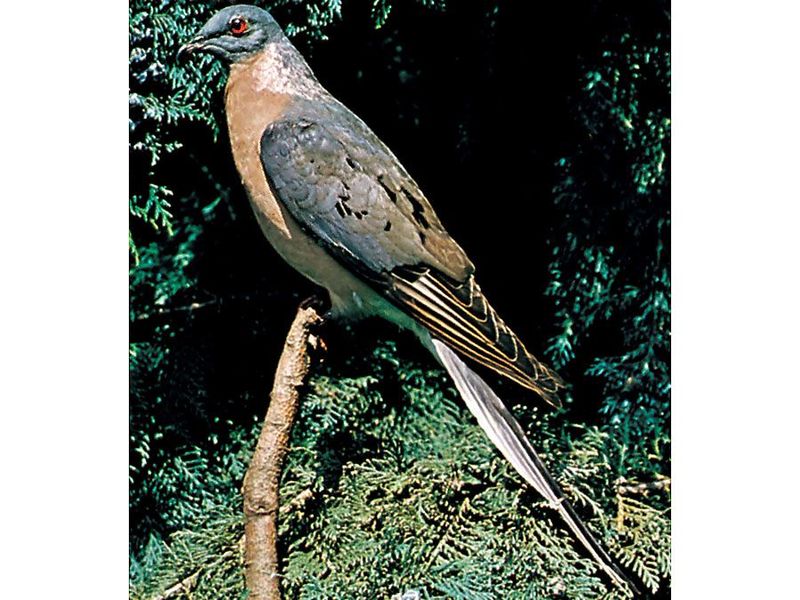
Once numbering in the billions, the Passenger Pigeon was a marvel of nature. Its flocks darkened skies over North America.
Despite their abundance, they were driven to extinction by hunting and habitat destruction in the 19th century.
The Passenger Pigeon’s story is a powerful testament to the impact of human activity on wildlife. Their extinction ignited early conservation efforts, leaving a legacy of awareness and responsibility.
Opabinia
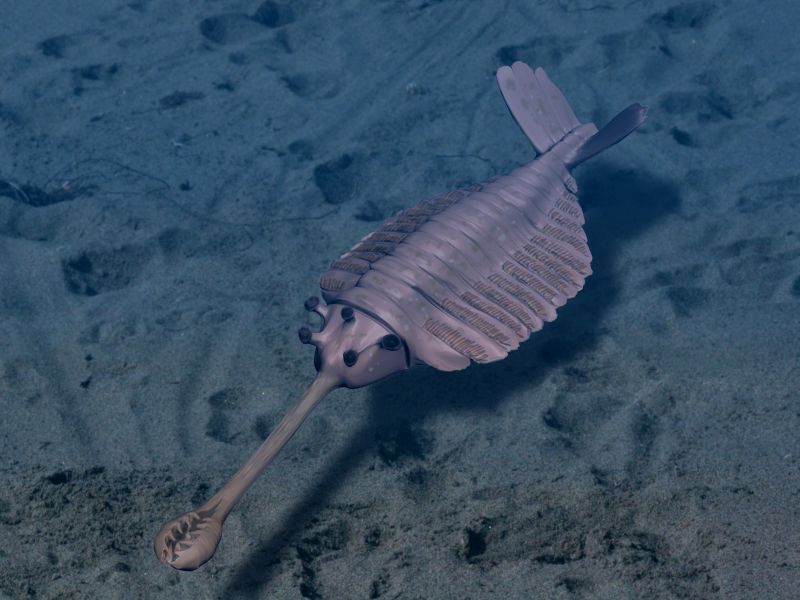
Imagine a creature with five eyes and a claw-tipped proboscis. Meet Opabinia, a surreal inhabitant of the Cambrian seas. Its body, segmented and flexible, allowed it to navigate ancient waters with ease. The eyes, perched on stalks, scanned the environment for prey.
Opabinia’s proboscis, an unusual feeding apparatus, extended out to capture its meals. This ancient creature’s unique anatomy puzzled scientists for years. What role did it play in its ecosystem?
Fossils reveal a world where Opabinia thrived, showcasing evolution’s bizarre experiments. Did you know? Opabinia’s discovery challenged previous notions of early marine life diversity.

